Based on the Azure SQL Managed Instance pricing page, the Backup Storage Tier is the type of storage used for storing automated backups of your databases. You can choose between locally redundant storage (LRS), zone-redundant storage (ZRS), geo-redundant storage (GRS), or read-access geo-redundant storage (RA-GRS). The default option is GRS, which means your backups are replicated to a paired region for disaster recovery purposes. The cost of backup storage depends on the amount of data stored and the type of storage chosen. To help you choose the right backup storage type and reduce costs please read this support article.
The Disaster recovery option is the ability to restore a database from a geo-replicated backup to a different region in case of a regional outage or disaster. This option is only available if you use GRS or RA-GRS for your backup storage tier. The cost of disaster recovery is based on the compute and storage resources used for the restored database in the target region. Here (a Nov 2022 support article) you will find that licensing of geo-redundant Disaster Recovery for SQL Managed Instance (in preview) is free.
In summary, the backup storage tier determines where and how your backups are stored, while the disaster recovery option determines whether and how you can restore your backups to a different region. They are indeed related but they are not the same. In addition, here you will find how to monitor Azure SQL Manage Instance costs.
